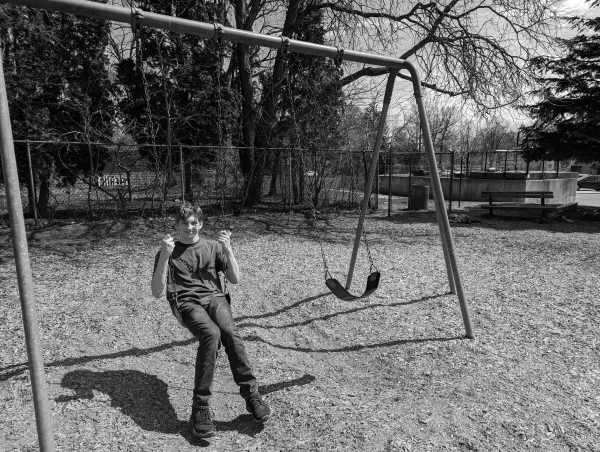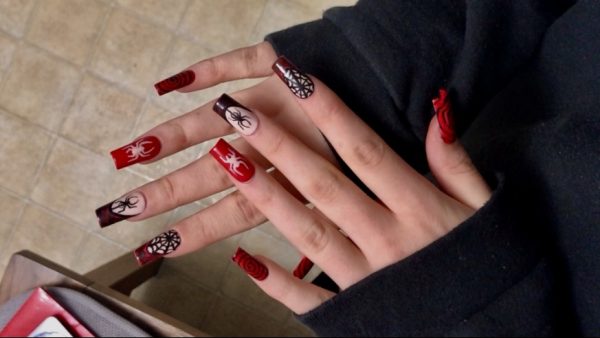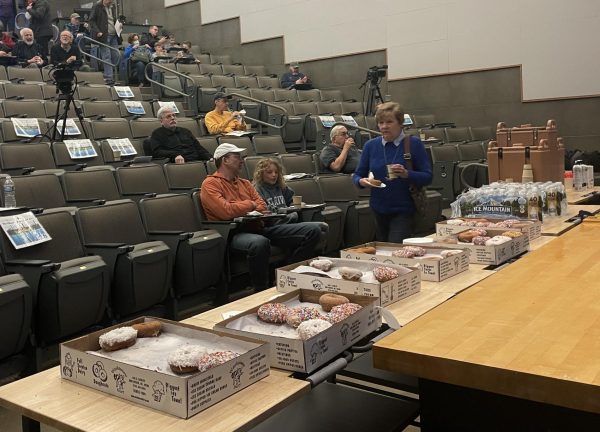Thinking Inside the Box
Doctors at C.S. Mott Children’s Hospital are changing medicine by keeping transplant hearts in a warm, beating state for hours at a time.
Three doctors were sitting outside the Sheraton Ann Arbor Hotel during a break in a conference, enjoying scones in the sun, when they starting trading some out of the box ideas. They fantasized about new medical technology that would change the face of medicine forever.
The group of three is made up of two cardiologists and a cardiac surgeon at C.S. Mott Children’s Hospital (Mott), and while they are some of the top in world, there are some things that they just can’t fix. “[Some patients] are either born with something that’s too complicated, they acquire something too complicated or we reach an endpoint where we can’t help them surgically or medically anymore,” said Dr. Gabe Owens, Ph.D., M.D., Assistant Professor of Pediatric Cardiology at Mott. “Those are the patients that need a heart transplant.”
At that conference, Owens, along with Dr. Richard Bartlett, M.D., Professor Emeritus of Surgery at the University of Michigan (U-M) and Dr. Martin Bocks, M.D., Program Director of Pediatric Interventional Cardiology at UH Rainbow Babies and Children’s Hospital, started talking about the issues related to heart transplants.
“We began thinking about the problem, the [issue] of patients not getting the hearts that they [need], and we started thinking about the data, that only 4 of 10 hearts that are donated are utilized,” Owens said. The wait list for a heart transplant is one of the longest of any organ, and the mortality rate while waiting for an organ is the highest. “You begin wondering why.” Why is it that only four hearts get used? Why are there six perfectly good hearts that get wasted? Part of the problem is the way the hearts are harvested.
What is shown in movies is a doctor getting an organ and running through the airport with a cooler. This is not actually an over exaggeration of what happens in real life: a doctor harvests an organ, puts it in a bag of ice resting in an Igloo cooler and then hurries to get it to the transplant site as soon as possible. This method of freezing the organ keeps the cells alive by slowing down potential cell death.
Since the first heart transplant in 1967 this method has been used for all organs that are going to be transplanted. A frozen heart can only be preserved for up to six hours though, so anyone located beyond six hours from the harvest site cannot receive the heart. “If I have a heart that’s a perfect match for the sickest kid who’s in California, they won’t get it,” Owens said. Because of the distance limitations, some emergent kids get hearts that are only partial matches with their blood and tissue types.
All of the doctors agreed that preserving hearts for transplantation was an area of pediatric cardiology, and cardiology in general, that could be improved upon. Their main goal was to extend the period of preservation time, that time between donor and recipient, to allow more hearts to be used and better matches to be made. Additionally, they wanted to make the heart healthier when removed from the donor and more available for transplant. The question was, how?
Their outside the box thinking at that innovational conference led them to try an inside the box idea. Literally.
They scrapped the idea of freezing the heart and started back at square one. Instead of evading death by freezing the cells, they wanted to work with the heart in its natural, beating state by mimicking the ideal environment of the body. Owens, Bartlett and Bocks tried to recreate the body in order to store the heart in between harvesting and transplanting it. So they put the heart in a warm box.
“We can actually give it drugs to make it beat stronger,” Owens said. “We can optimize it, we can recover it if it was sick after the surgery and keep it in that type of environment until it’s ready for transplant.” Additionally, they can give the heart nutrients and energy to help it beat at a normal rate and temperature.
This “heart in a box” method is technically known as ex vivo heart perfusion, or EVHP; ex vivo means outside the body and perfusion means delivering blood to an organ. Extracorporeal membrane oxygenation (ECMO) is an outside the body technique that provides respiratory and cardiac support, and was actually developed by Dr. Bartlett in 1975. Owens, Bartlett and Bocks took the ECMO technology and modified it to work for the EVHP
This research is similar to the clinical work that Owens does. “The patients I take care of a lot of times need heart transplants,” Owens said. “The patients I take care of a lot of times need to be supported with mechanical devices similar to the way we’re supporting the heart that’s in the box.”
The similarity is very helpful. One of the drawbacks of any new project is finding adequate time to work on it. Specifically as a researching clinician, you often have to juggle previously active research, activities in other areas of interest and a busy clinical workload. “Delegation and finding people you trust and can communicate well with is very important in getting things done,” Owens said.
As with almost everything in life, money is a factor that contributes to the success of the project. The big institutions that fund research have demonstrated that they prefer established, low-risk projects; projects with a high probability that they will be successful. Because they are so limited with the projects they fund, only about 10 out of 100 projects that get submitted get funded, which means 90 projects that may end with medical breakthroughs never even get started. With a project like EVHP where there isn’t a lot of data to support your idea, it’s hard to get the funding from the national institutes.
“We’re very thankful for the Frankel family, [they] have been very generous funding our project,” Owens said. With their donations, Owens, Bartlett and Bocks have been able to begin collecting data so they can start applying for bigger grants that can support the entire project. Without the funding, they can’t move forward as quickly as they would like to.
Even without a large grant, there have been some major successes with their EVHP project. “Nobody’s been able to keep a large animal heart [alive for] greater than six hours [outside the body],” Owens said. “We’ve been able to keep a heart beating and healthy for 24 hours. We’re very consistent [with] keeping a heart healthy and strong for 12 hours, and we’ve even taken some of those hearts and transplanted them back into recipient pigs, and those hearts have worked.” In the beginning though, they were using some odd methods to “wake the hearts up” and keep them beating including flicking them with their fingers and shocking them with electricity. This type of progress shows true dedication, motivation and persistence.
Owens’s is driven by the potential of making a difference in transplant medicine. While there already is a study center for EVHP research, the center’s goal is simply to do six hours in the box instead of on ice. Owens, Bartlett and Bocks want to extend that period of time to as long as possible.
Another project that Owens is working on goes hand in hand with this EVHP research. By using stem cells, unspecified cells that can change into any type of cell — for example, heart cells — he is looking to minimize the rates of rejection or the need for medications. “There is a way that I could take a little bit of your skin cells, change the way the skin cells are genetically programmed so they look like heart vessel cells, and then I can inject them into a heart in a box, so when I put that heart back into you, your body recognizes the cells as your own,” Owens said. Using skin cells and turning them into stem cells, the recipient of a transplanted heart won’t need the anti-transplant-rejection medications that often cause side effects. Genetics and genome mapping can also help revolutionize transplant medicine.
Above every goal previously mentioned, Owens just wants to continue helping everyone he can. “We foresee a future of having a big room full of hearts,” Owens said. “And saying, ‘Who needs a heart? You need a heart? Well we got hearts.’”

Her life outside of the journalism lab consists of one thing: gymnastics. It takes up all of Abbie’s “free time,” but she wouldn’t be who she is today without having spent almost 13 years in the sport. Abbie also loves listening to music — believing that there is at least one song for whatever mood someone is in — and spends much of her money on going to concerts, her happy place. She simultaneously wants May (aka graduation) to come quickly, but also take its time; clearly, she’s terrible at making decisions, so it’s a good thing she has three other editors to help her through this crazy process!



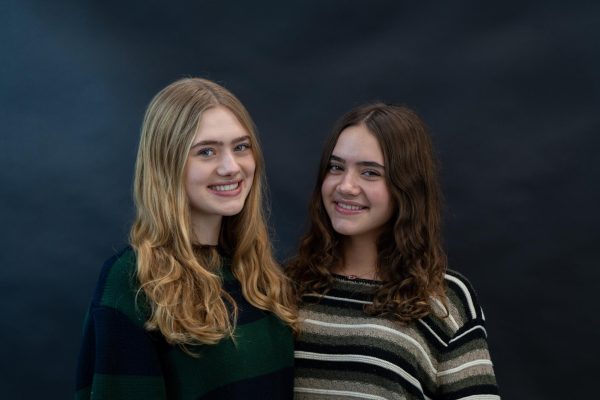
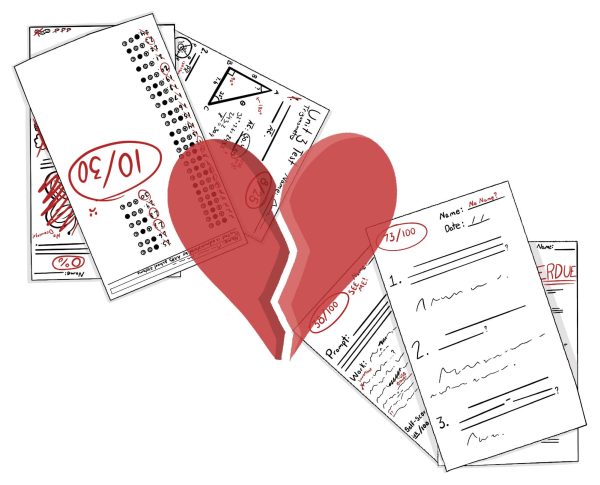
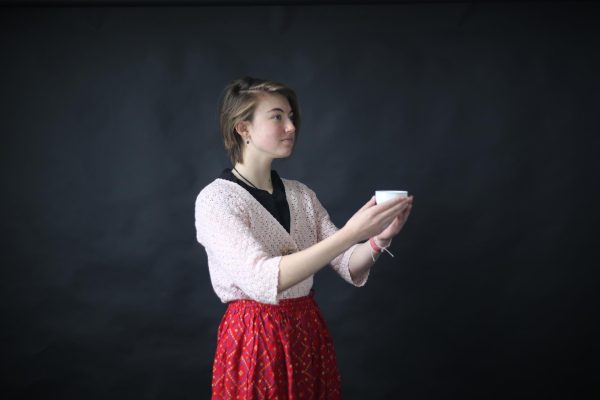
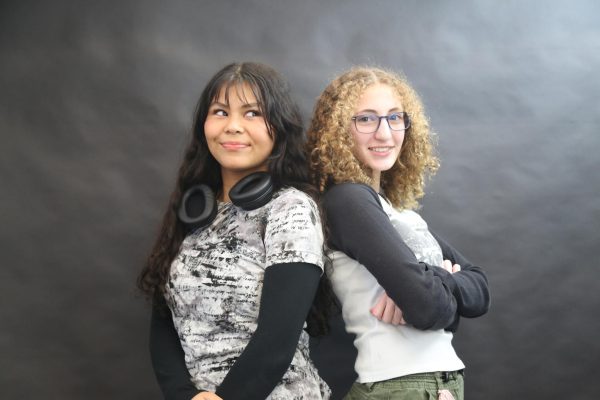
![During a CET rehearsal of the number “A Call to Pierre,” various members in the ensemble, including Maggie Williams, hold up titan tubes. Various people in the ensemble held titan tubes during some numbers in the show, and did basic choreography with them, using the lighting for emphasis. “[Having titan tubes] is a super cool addition to the show,” Williams said.](https://chscommunicator.com/wp-content/uploads/2024/04/67FXGPwwRSi7VlvWUvKuzOOZ2VN2lueTvbEBAWRQ-600x482.jpg)


